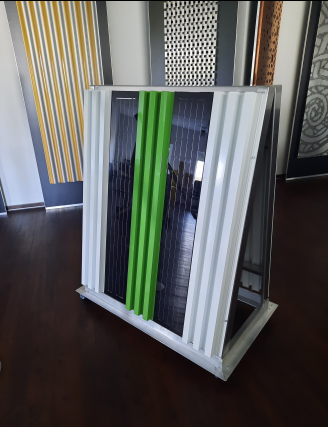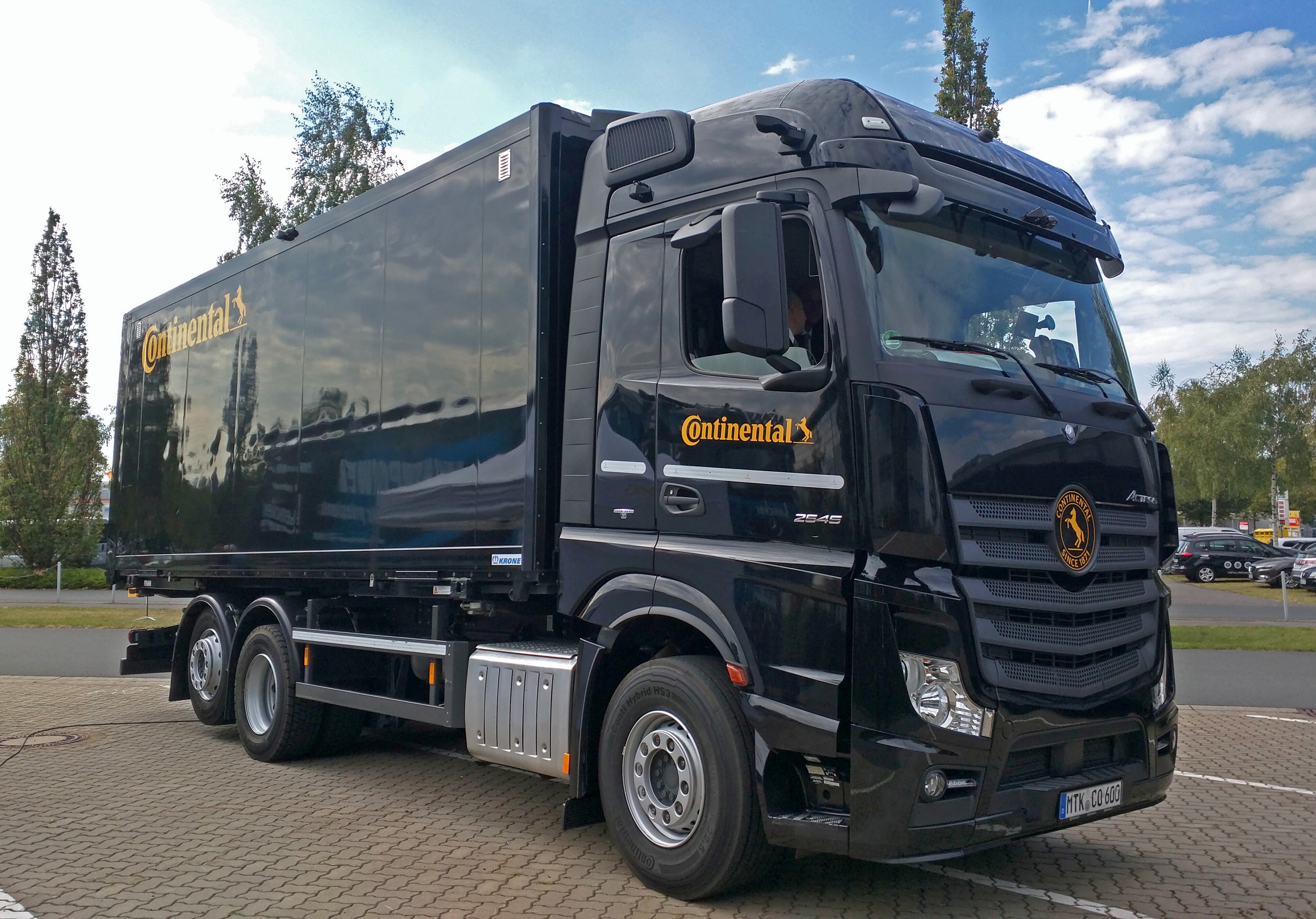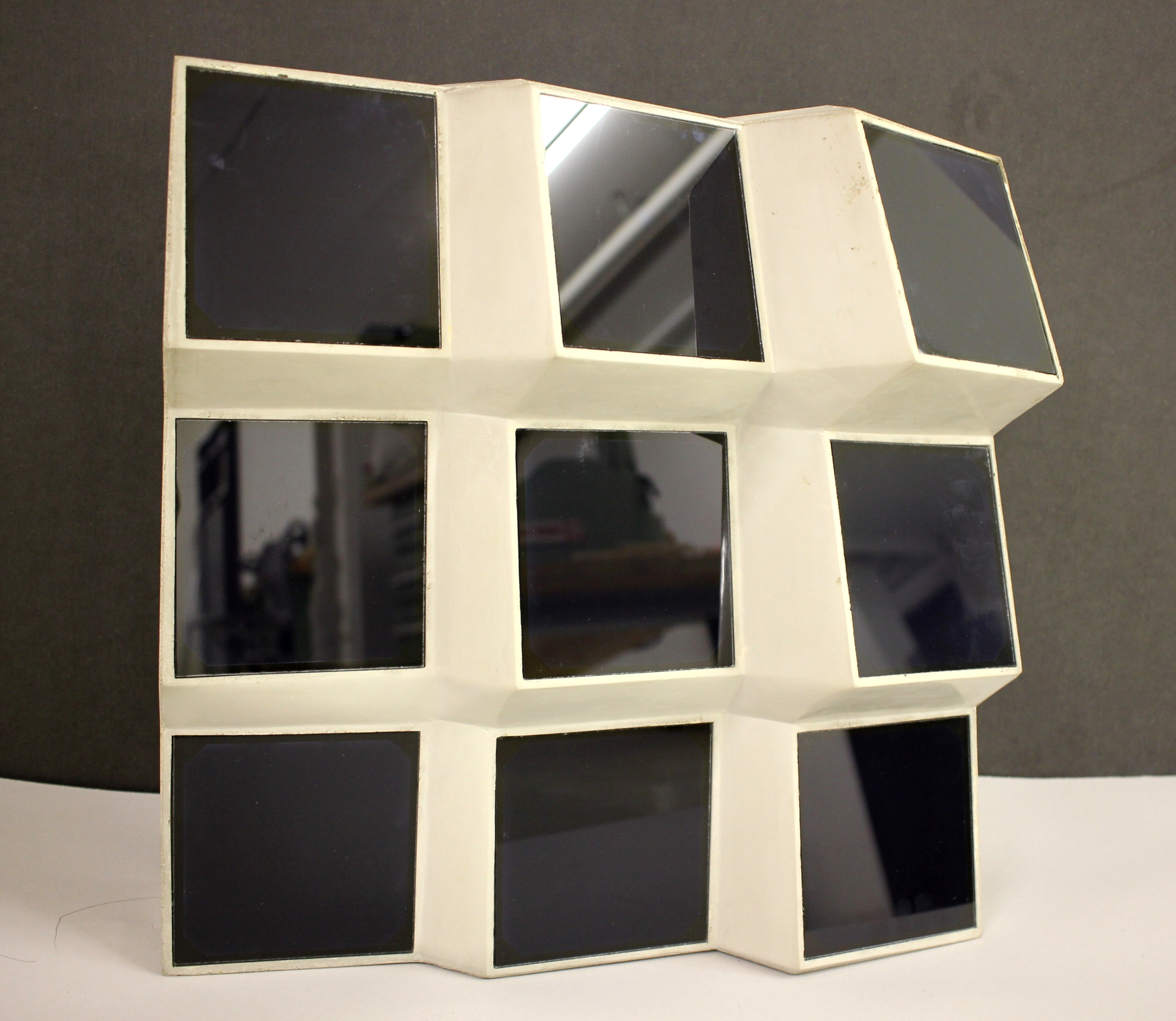Services
- Integration of PV systems in specific applications, e.g. agriculture, BIPV, floating PV
- Specific yield simulation, monitoring and O&M analyses

Period: January 1, 2023 - December 31, 2025
Project Objectives:
Project Manager: Ringo Köpge - ringo.koepge@csp.fraunhofer.de

The integration of photovoltaic modules in mobile applications is tempting: The vehicle becomes a rolling power plant and can partly cover its own energy requirements, without having to stop at the fuel dispensing pump or charging station. Against the background of the trend towards electric and hybrid vehicles, this approach becomes even more significant.
Yet the challenges are considerable: Even when added together, the roof, engine hood and even the rear windows provide only a small area. The modules cannot be continuously orientated directly towards the sun, because the car moves in different directions. The rear ventilation of the modules in rising temperatures must also be taken into account, and the modules should not increase the vehicle weight unnecessarily. Lastly, but not least: standard photovoltaic modules are hardly flexible at all.
Working in direct collaboration with Continental Automotive GmbH, the Fraunhofer researchers have developed two photovoltaic modules for integration in mobile applications, which are attached to the roof and the wind deflector of the driver’s cab.
The electricity yield generated from the solar radiation on the roof, for example, supplies on-board systems such as the radio, air-conditioning or navigation systems and thus relieve the load on other energy sources accordingly.

In the C3 (carbon concrete composite) project more than 150 partners from science, industry, organizations and associations are committed to promote the application of carbon cement. Instead of mantling steel with concrete, as has been done in previous constructions, carbon-fiber constructs are now supposed to be mantled with concrete.
C3 is considered to be a moldable, stable, intelligent, low-pollution, better recyclable building material and fit for the integration of renewable energies. We at the Fraunhofer CSP are one of the project partners and concerned with the question of how photovoltaic elements can be integrated into cement and electrically wired so that an optimal electricity yield will be achieved.
Of three possible methods to achieve building integration we focus our attention on casting the solar modules directly into their corresponding recesses in the cement parts, laminating or gluing them onto concrete slabs, and finally the attachment of the solar modules by means of snap buttons and screws. The latter method would make the modules removable.
It showed that the electricity yield increases when the facades are not plane. The surface that can be exploited by photovoltaics is increased either by inclination, tilting, domes or facet optics.
We designed a bike port in lightweight construction in order to combine the operational fields »lightweight construction« and »photovoltaics«. The prototype shows how an appealing design and a concomitant utilization of solar energy can be realized by highly efficient crystalline solar cells, apart from protecting parked bicycles against rain and sunshine.
Our roof-integrated solar module system developed for the mass market combines the function of a roof coverage with photovoltaics in one product. The innovative shingle system, which relies on the overlap of the singe lightweight solar module carriers, compensates for seasonal roof expansions. The channels built into the overlapping areas enable the runoff of penetrating water as is usually the case with standard roof tiles, but not with other in-roof solar systems. The concept has advantages also when it comes to its rapid installation and exchanging the solar modules. In the overall costs for a roof-top solar system the actual solar modules make up approximately 22-25 percent of the price, while the remaining costs are incurred by additional elements and the often sophisticated installation. The weight of less than 9 kg/m2 per lightweight construction module accounts for an easy handling on the roof.